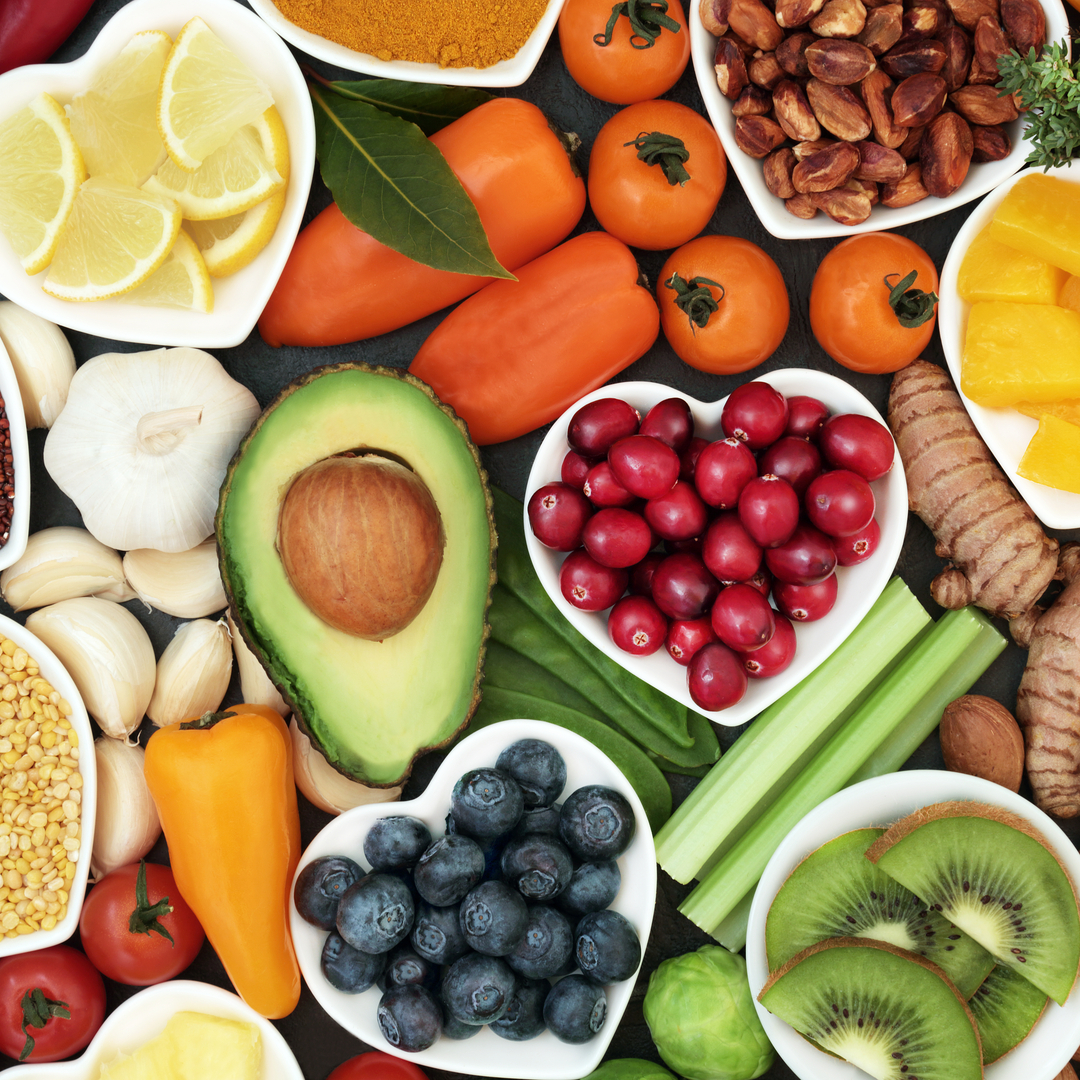Nutrients You Aren’t Getting & Really Need

Common Internal Causes of Nutrient Depletion
There is a vicious cycle of low nutrient status leading to illness and then illness contributing to ongoing nutrient deficiency. For example, chronic inflammation increases the need for vitamin B6. Inflammation is part of almost all chronic, modern disease processes and is closely linked with stress. It decreases sunlight’s conversion to vitamin D in the body. These two are crucial for you to function and feel good.
Second is guess what? Yes the gut. Its commonly understood that gut dysbiosis or imbalance impairs nutrient assimilation. This can be anything from an infection to a lack of beneficial bacteria or an overgrowth of certain strains of bacteria in relation to others. It gets more complicated than this and I’ll touch on this further in. Stress needs the most attention when it comes to the gut health.
Environmental toxins like heavy metals also interfere with nutrient absorption and assimilation. Heavy metals are primarily detoxified through methylation, so if you don’t have enough methyl groups, these toxins are accumulating and poisoning other metabolic pathways too.
Which Nutrients are We Most Deficient In?
From the nHanes Report (National Health and Nutrition Examination Survey)
95 percent of adults don’t get enough vitamin D.
90 percent don’t get enough vitamin E.
61 percent get enough magnesium.
51 percent don’t get enough vitamin A.
49 percent don’t get enough calcium.
43 percent don’t get enough vitamin C.
Potassium
Ninety-eight percent don’t get enough potassium. The Food and Drug Administration (FDA) regulates the potassium concentration in supplements. This is because the people who aren’t able to excrete potassium from the kidneys, can get serious and potentially fatal hyperkalemia from high-dose potassium supplements.
What impairs the kidneys’ excretion of potassium? Insulin resistance and non-steroidal anti-inflammatory drugs (NSAIDS). Both of which are extremely common and factor in when we discuss gut, brain, heart and hormone health. Basically eat a wide variety of foods to get the potassium you need.
1. 1 filet Wild-caught salmon 45% of your DV.
2. 1 Avocado 30% of your DV
3. 1 Acorn squash 26% of your DV
4. Cooked Spinach 1 cup 24 % of your DV
5. 1 Sweet potato 24% of your DV
6. Dried apricots 1/2 cup 22% of your DV
7. 1 Pomegranate 19% of your DV
8. Coconut water 1 cup 17% of your DV
9. White beans 1/2 cup 15% of your DV
10. 1 Banana 14% of your DV
Calcium & Vitamin D
Plants accumulate oxalates as a way of preventing calcium concentrations from getting too high. We regulate it in our blood. Oxalate accumulation in the human body can be very painful. I recently had two young patients both with high oxalate levels causing debilitating pain in their joints. One was a toddler and the other a teenage athlete.
Calcium supplementation is not safe as it increases the risk of cardiovascular disease. I write in detail about this here. If calcium level in your blood goes too high, you develop hypercalcemia. We want our calcium in our bones and teeth not in our blood. This is why eating grass-fed dairy is so important. Vitamin K transports it to the bone.
Oxalate levels in different plant foods varies a lot. In general, plants with higher oxalate levels have much lower calcium bioavailability. Spinach is a great example of this. The toddler I mentioned was having green smoothies daily. It was part of the problem.
Tips for Absorption
The bioavailability of calcium from spinach is only 5 percent. Cruciferous vegetables have 10 times this. Bone-in sockeye salmon or grass-fed milk is going to have 30 or 40 percent more absorbability of the calcium in the food. You would have to eat four and a half servings of broccoli to get one serving of milk’s worth of calcium. That’s a lot of broccoli.
Bioavailability of calcium carbonate is not good if you have low stomach acid. It has an alkalinizing effect that can put someone with hypercalcemia into emergency care. To make matters worse a lot of people are also taking Tums and other antacids that will be further aggravating. The increased risk of heart disease is probably linked with getting the dose all at once instead of from food. Do everything that you can to get it from food first and remember that alkalinizing the stomach is not good!
Are you eating enough fish? Are you taking cod liver oil and getting outside everyday around noon for sun exposure? If not then you are likely deficient in vit D. Without dairy products, bones and green vegetables, it becomes highly probable that you may be calcium deficient. These two nutrients work together.
Back to B6 & the Genetic Component
Vitamin B6 In plant foods comes in the form of pyridoxine. Our bodies require the pyridoxal form. I mention this to anyone looking for a good b vitamin supplement.
The bioavailability is poor from plant foods alone. This is because pyridoxine is bound in plants so we can’t harvest as readily especially if our health is impaired. Harvesting is dependent on our gut microflora and our liver to turn it into pyridoxal. An enzyme is also required. It comes from vitamin B2 which hopefully you have enough of.
So you need a healthy gut, a healthy liver and enough vitamin B2 to get any B6 from plants. You also need to be have the right genetics to methylate. Patients who are deficient in B6 and start getting enough of the active form begin feeling better quickly. Omnivores who eat a nutrient dense diet do the best.
These are some of the reasons I test for b vitamin status in most of my patients why I love it when people enjoy a diet rich in variety.
Related Posts
 Lung Health & Long COVID Recovery
Lung Health & Long COVID Recovery





